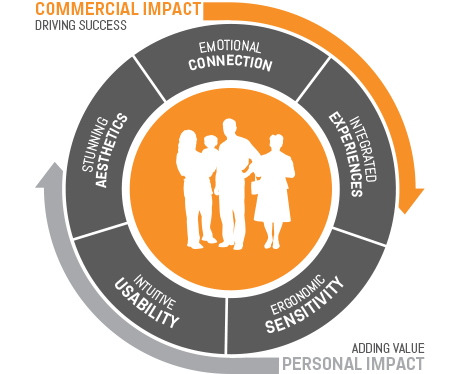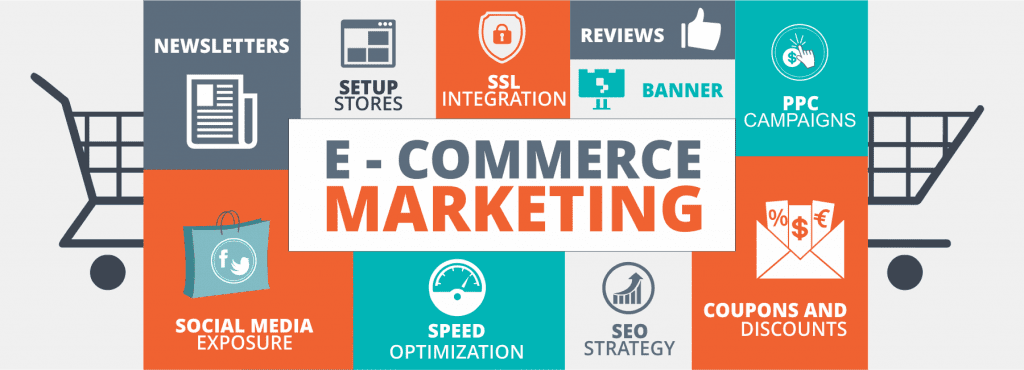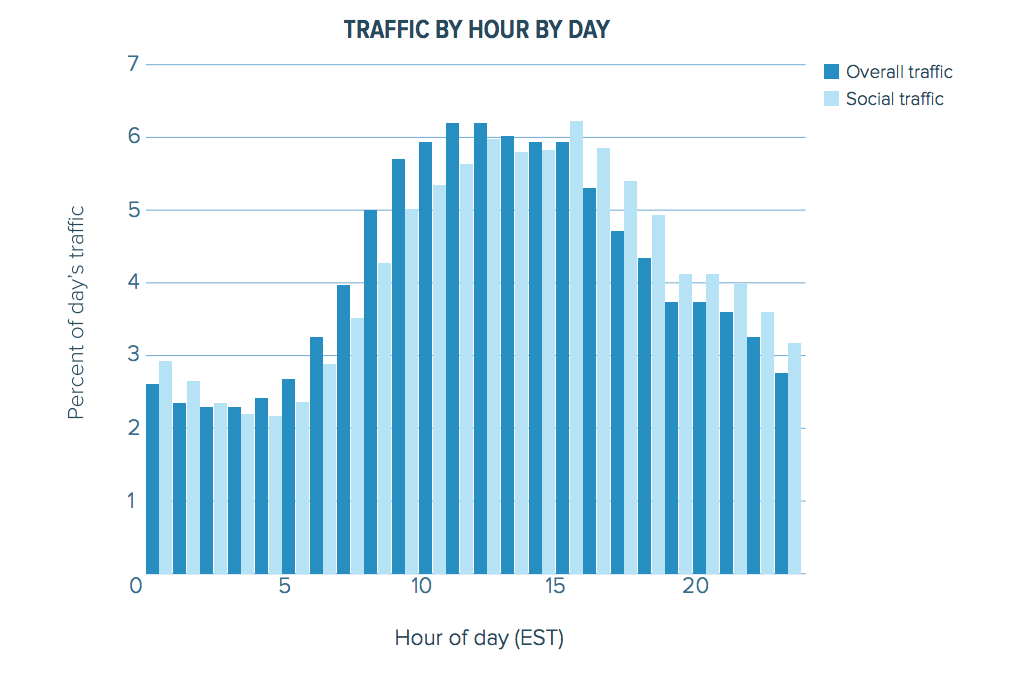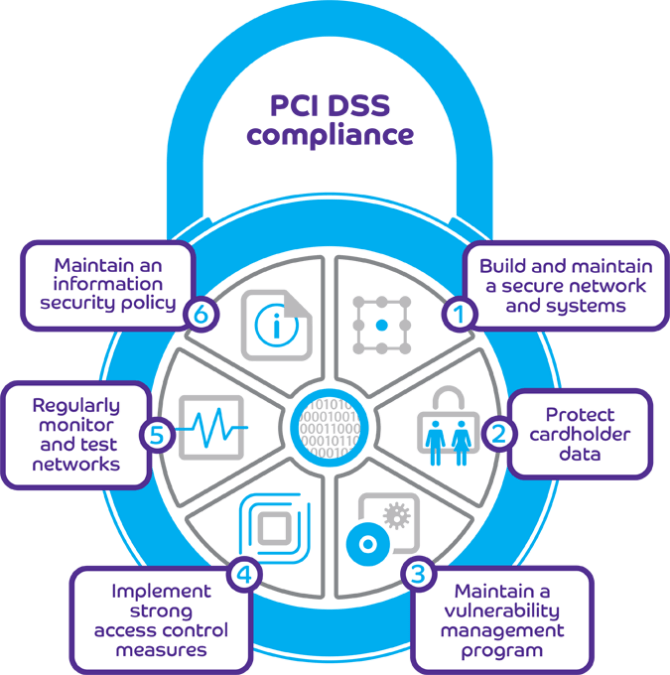NOTE: This is the first segment of a 7-part series that describes the eCommerce web design tips. See the index to this series for the complete list.
Building an E-commerce site with clear objectives comes down to two things: the small stuff and understanding your buyer’s psychology.
In general, E-commerce web design should engage customers and make it easy to buy from your website.
I won’t discuss the advantages of E-Commerce here, but will take it as a given that we already agree on this. Instead, I am going to highlight seven key elements of E-Commerce web design that you can’t ignore in order to make your website successful.
1: A Well Written E-commerce Strategy
Having a plan can help save you from making mistakes and getting off- target from your original objectives.
A plan doesn’t have to be long and complex, but you should take some time to put one together. Here are some planning points to consider:
- Make sure you understand your market
- Multi-channels to market are proven to improve results up to 400% – make sure to incorporate these
- Integrate your customers’ shopping experience
- How you will deal with:
- Content
- Pricing & inventory
- Logistics
- Service & support
- Payment & refund/returns
- Security & PCI Compliance
- Easy-to-use purchase process
- Consider localisation requirements – currencies and languages
- Consider customer relationship management and personalisation
- Make sure you select a scalable platform or solution
- Make sure you have a team in place
- Marketing campaigns and requirements
- Integrate to external systems, suppliers or 3PL
- Prepare a social media plan
- Prepare a mobile commerce plan
- Prepare a content management plan
2.Selecting an Ecommerce Platform
Your E-commerce platform consists of the software, such as Magento, BigCommerce, Hybris, Demandware, Shopify or others, along with the infrastructure selected to run that software.
The software decision should be based on your customer experience goals. If your site needs the option to configure individual products but your ecommerce software doesn’t support it, you can’t offer the experience you’ve planned. Similarly, running a resource-heavy ecommerce platform on under-performing hardware yields a losing proposition as customers will bounce due to slow page loads.
You should select your E-Commerce platform based on following criteria:
- Product Marketing: control how the products and information are displayed, such as how discounts to customers are presented and how they are processed in a payment system, by presenting product customisation requirements and showing the overall content of these.
- Payment System: allow evidence capable of inclusion / exclusion, physical product purchases, access management products SaaS service for global payments, shopping cart compatibility
- Channel Management: functions to differentiate customer segments, offering dynamic content based on the customer profile, and management of the price list to offer alternative prices to certain customers, compliance with global standards
- Mobile Functionality: creating high-impact mobile interfaces for smartphones and tablets, real-time processing, optimization of mobile shopping cart
- Marketing: tools for assessing customer contact, multiple test capabilities, marketing acquisition / retention (pay per click campaigns, search engine optimization, email list), technical service programs sharp
- Customer Contact: ability to customize and send transactional emails for account creation, order related contacts, localized content, new product releases.
- Housing Management: dedicated access to components and scalable expandability implementing cloud for expansion, compliance with PCI standards, redundancy for disaster recovery.
3. Create a User-centric Focus
For E-commerce websites, a user-centred design is absolutely paramount at the Add-to-Cart and Checkout stages.
Subtle details such as image placement, text alignment, colour selection and even movement will engage your customers and further progress them through the purchasing process.
When executed properly, your website will progress a lead to the next step, while also expressing the uniqueness of your brand.
Think like a customer. This begins with considering the look, feel, and flow of your online presence and extends through to your social media efforts and other online activities.
Your home page should say “hello” like a salesman would in a physical store and lead the user through your site with relevant prompts, information placement, image sizes, design consistency, logical navigation and a safe atmosphere.
4. Mobile Focus and Responsive Web Design
Over the years, businesses have approached their mobile and desktop platforms with separate strategies.
This has often resulted in a mobile-optimised version of a site and/or an accompanying native mobile app. However, maintaining a desktop and mobile app in isolation often leads to disconnected experiences and user dissatisfaction when the newer mobile app doesn’t flow or operate in the same way as the traditional desktop site.
Responsive eCommerce web design enables E-commerce operators to design a single site that displays differently on different devices, an approach that saves resources by reusing images, and content. This also allows for a consistent visual and content experience across desktop, mobile and tablet devices.
5. Ecommerce Marketing Strategy
The most challenging part of running an online store is not setting it up, but how to market it. There are tons of ways you can go about marketing, from SEO, PPC, and even YouTube videos.
Having a solid E-commerce marketing strategy is crucial to succeeding in online business. What’s more important is that you need to strike a balance between your marketing strategies – you don’t want to put all of your eggs in one basket.
You can think of E-Commerce marketing as a roadmap; if you just go down one street, you won’t make it to your destination. You have to follow the entire route to reach your goal.
6. Peak Traffic Preparedness
Nearly half of companies (48%) report that downtime negatively impacts their brand and reputation.
The inability to maintain operations during a fault or a spike is an enormous risk to an E-commerce site.
If your environment encounters an issue with a patch, an update to code, a service or hardware component failure, or a natural disaster, what happens to your site? Do you have a contingency plan for expected and unexpected downtime issues?
Documenting your E-commerce strategy lets you identify and address infrastructure needs that might negatively impact performance.
7. Compliance and Security Measures
Ecommerce transactions build consumer trust by limiting the risk of fraudulent activities while ensuring the privacy of consumer information.
Businesses that utilize online transactions must first identify potential risks both to the consumer and to the business itself.
If the existing resources cannot sufficiently and reliably perform those functions, consider a solution that best fits your business model and protects all parties involved according to PCI DSS. E-commerce sites have three ways to meet the PCI DSS requirements:
- Use a payment gateway which involves integration with an Application Program Interface (API) to facilitate the transmission of the Primary Account Number with or without the storage of this information.
- Transmit and store the Primary Account Number internally.
- Choose to outsource the transmission, storage and/or processing of payment data
In general ecommerce website design should engage customers and allow it to be easy to buy from your website.
How ZOFELA can help you?
Adopting a new e-commerce platform or building the entire e-commerce web design from scratch is not a piece of cake.
Most companies have this misconception that it’s all about finding the best solution available in the market, and the rest will all fall in place.
On the contrary, no matter how big the solution is, the success depends on how you strategize its implementation.
At ZOFELA, we have built over 200 successful e-commerce websites over last 8 years. Schedule a free consultation today. A new way to learn how we can design your e-commerce website that could help you generate more sales and grow your business faster.













